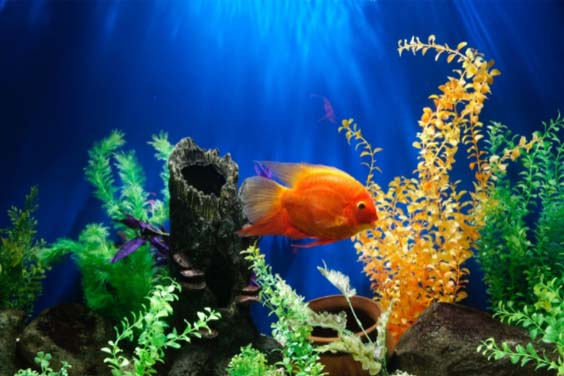
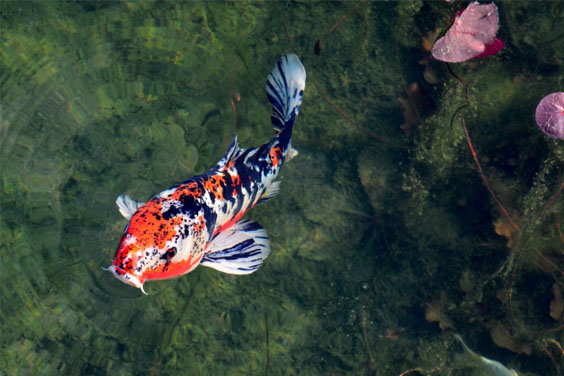
Source: Pixabay
Koi fish are very popular with pond owners across the globe, and once you see them, you will quickly understand why. They are colorful, active and resilient, two factors that have contributed to their high prices in the market. Owning a koi pond is a dream that many homeowners think about all the time, but very few get down to actually making one. If you have been considering setting up one, then you are in the right place.
We are going to explore what it takes to design and set up a koi fish pond filtration system, the things you have to consider, and the possible tools that may be necessary to get the project off the ground.
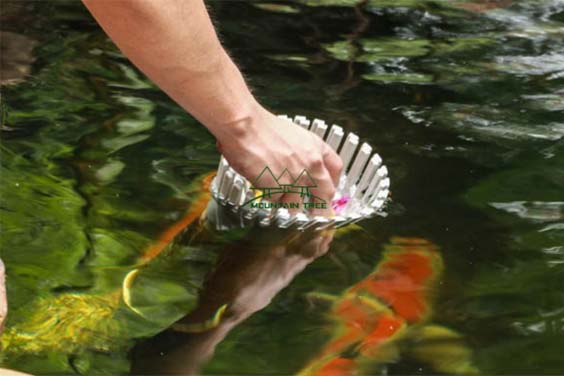
You now have your koi pond, and it is thriving with colorful koi. If you think that that is the end of your troubles, then you may be in for a rude shock. It takes work to maintain that pond in that clean and thriving state; before setting up a good filtration system that will handle all your problems, consider the following factors first.
Pond Size: Big ponds will need bigger filtration systems and more sophisticated gear compared to smaller ones. By definition, a small pond is anything that can hold between 500 to 1000 gallons of water. Any koi pond with a capacity beyond 1000 gallons is considered a big pond. You are supposed to get a filtration system that can be able to handle 150% of your pond water volume. The ump has to be powerful enough to ensure that the entire water is processed at some point in the cycle.
Power Consumption: You may find yourself with serious power bills if you choose to go with heavy filtration systems, although escaping this will be hard if you are dealing with a huge pond. What you should be looking for is a filtration system that can work without any power. If that’s not an option, then at least consider something that either uses the least electricity or goes for a solar power connection. Keeping the pond clean may sometimes require the pumps and other gears to run without stopping for days.
Durability: There’s a lot of water movement where filters are concerned, and this can wear down even the strongest of equipment with time. Go for pond filter solutions that will last you for a far longer time compared to short-term filters that will keep you going to the store every few months. Going with durable filter media also gives the koi in the pond time to get used to the conditions in the water. Overhauling the entire filtration system causes drastic changes that may cause problems for the fish.
The Type of Filtration: You need to have a clear idea of the kind of filtration you want for your pond, and most of the time, this is influenced by your budget. Mechanical and Biological filtration is the most feasible as they don’t require too much gear or setup. Chemical filtration is the most sophisticated and the most expensive. If you are a first-time pond wonder, then you will be better served to start with either biological, mechanical filtration setups first.
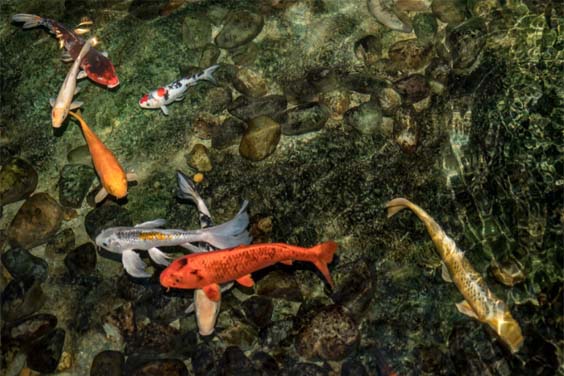
Source: Pixabay
Ponds may be outdoor structures, but they are not self-cleaning like rivers and lakes; they still need human intervention for them to be clean. The following is a quick walkaround of what is needed to make this possible.
Filtration Tanks: These are external tanks that house the filter media. Some can support all three filtration processes, and all that’s required is for water to pass through them continuously from the pond and back.
Pond Pipes: These deliver the water from the pond to the tanks and back again. They don’t have to be very long, just enough to connect the pond to the tank. They are usually covered with barriers that only allow water to avoid clogging.
Air Pumps: Ponds still need good air pumps to ensure that water is curbed properly from the bottom to the surface. This ensures that oxygen is dissolved well in the eater for the fish and, at the same time, dislodge debris from the bottom for removal.
Skimmers: Pond skimmers handle what the other filtration process can’t get rid of. The huge debris that falls into the water like leaves and sticks can only be dealt with using the skimmer.
Koi fish are very sensitive, and any slight imbalances in the pond will quickly lead to their demise, and that’s an expense you wouldn’t want to be faced with. Setting up a koi pond filtration system is not that complicated, but it would help you if you got the services of an expert to handle that for you. For more tips on how to get this done, check out our website more for valuable tips.
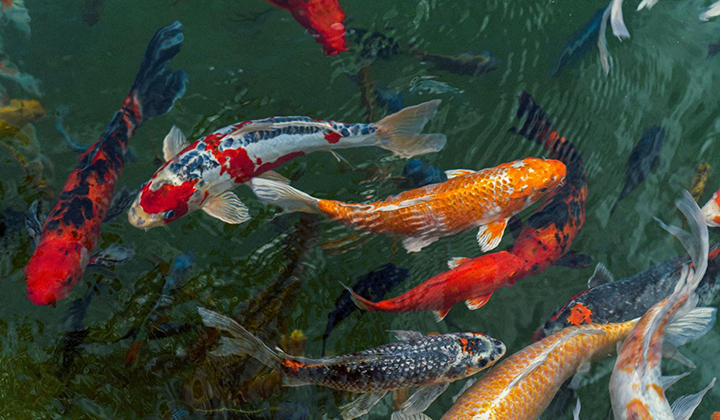
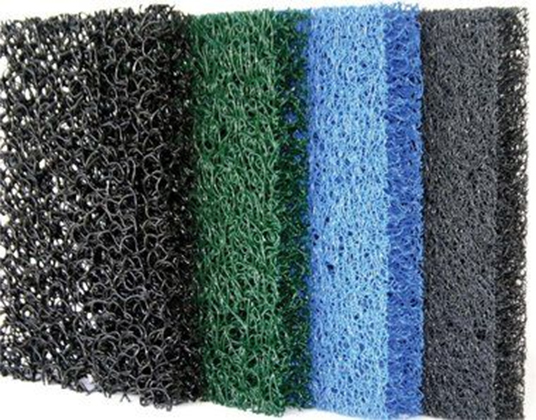
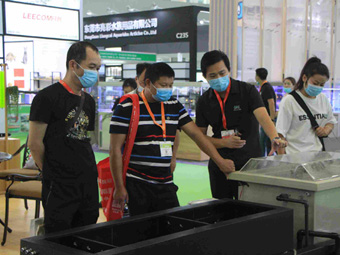

Leave a Reply